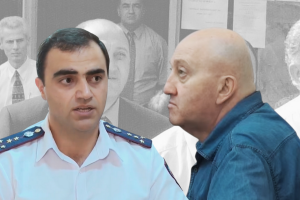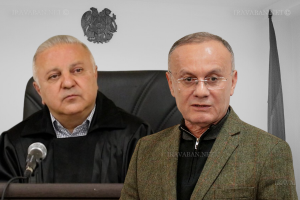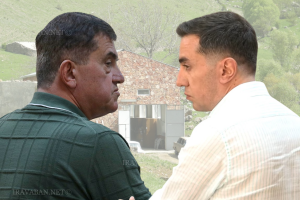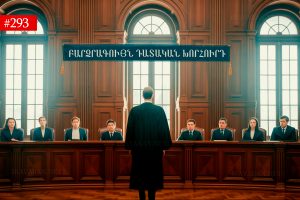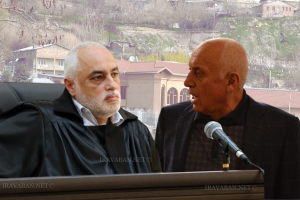Today, 24 April, is the 106th remembrance year of the Armenian Genocide.
The mass deportations and massacres of Armenians in and the neighboring areas around the Ottoman Empire in 1915-1923 are called the Armenian Genocide.
These massacres were planned and organized by the Young Turks in the Ottoman Empire and later carried out by the Kemalist government.
The first international reaction to these events was manifested in the joint statement of France, Russia and Great Britain on 24 May, 1915, where the violence against the Armenian people was described as a “crime against humanity and civilization.” The parties blamed the Turkish government for the crime.
Why did the Armenian Genocide take place?
On the eve of World War I, the Young Turk government, in an effort to preserve the remnants of the crumbling Ottoman Empire, adopted a homogeneous policy of pan-Turkism and nationalism. It planned to create a vast empire that would extend to China and include all Turkic-speaking peoples of the Caucasus and Central Asia. The plan was to Turkify all Christians and Islamized and other minorities. The Armenian population was considered a major obstacle to the implementation of this program.
The Constitution, restored as a result of the Young Turk Revolution of 1908, established equal rights for all citizens of the Ottoman Empire. The Armenians enthusiastically accepted this opportunity, but a possible change in the status of previously disenfranchised subjects further increased the Turks’ hostility towards Christians. This enmity was formed long ago, because even in lawless conditions, the Armenian population of the empire provided unprecedented social, cultural and economic development. The genocide was a way to stop that rise and national progress, as well as to seize the Armenian wealth created by decades of work. Although the Armenian Genocide was planned during the meetings in Thessaloniki in 1910-1911, the Young Turks used World War I as a convenient opportunity to carry it out.
How many people were killed during the Armenian Genocide?
On the eve of World War I, more than two million Armenians lived in the Ottoman Empire. About 1.5 million Armenians were killed in 1915-1923, and the rest were either forcibly islamized or took refuge in different countries.
The structure of implementation of the genocide
Genocide is the organized extermination of people with the main goal of ending their collective existence. Therefore, the implementation of the genocide requires a centralized program and an internal structure (mechanism) for its implementation, which makes the genocide a state crime. Only the state has all the resources that can be used to implement this policy.
The first stage of the Armenian Genocide was the conscription of about 60,000-100,000 Armenian men into the Ottoman army, their disarmament and killing by Turkish comrades-in-arms. he arrest that began on 24 April, 1915 (mainly in Constantinople, the capital of the Ottoman Empire) and the subsequent extermination of hundreds of provincial Armenian intellectuals and national leaders was the second phase of the extermination of the Armenian population. Later, Armenians around the world began to mark 24 April as Armenian Genocide Remembrance Day.
The third phase of the genocide was marked by the deportation and massacre of women, children and the elderly in the Syrian desert. Hundreds of thousands of people were killed during the deportation by Turkish soldiers, police, Kurdish gangs and locals, while others died of starvation and epidemics. Thousands of women and children were abused. Tens of thousands of people were forcibly Islamized
The last stage of the Armenian Genocide is the Turkish government’s total and absolute denial of the genocide of the Armenian people in its homeland. Despite the ongoing process of international condemnation of the Armenian Genocide, Turkey continues to fight against the recognition of the Armenian Genocide in every possible way, through falsification of history, anti-Armenian propaganda, political and economic, lobbying and other means.




